General information
1. The system is designed to capture gasoline vapors, preventing them from entering the atmosphere in the form of hydrocarbons (photo).
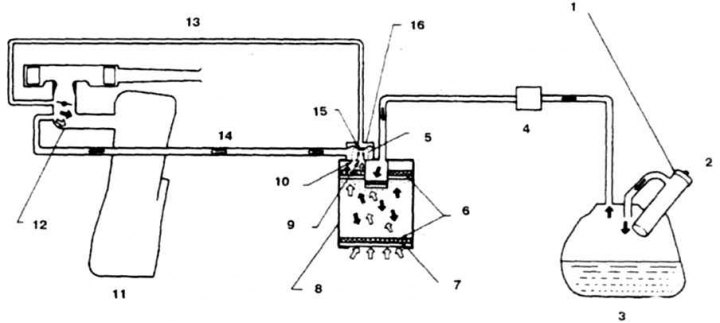
5.1 Construction of the gasoline vapor recovery system
1. Plug with vacuum valve; 2. Vacuum reset; 3. Tank; 4. Control valve; 5. Diaphragm spring; 6. Screen; 7. Filter; 8. Tank with absorber; 9. Air vent; 10. Control vent
2. A vent valve is provided on the tank (photo) with two hoses. The valve has 2 holes, one of which (larger diameter) covered by a diaphragm.
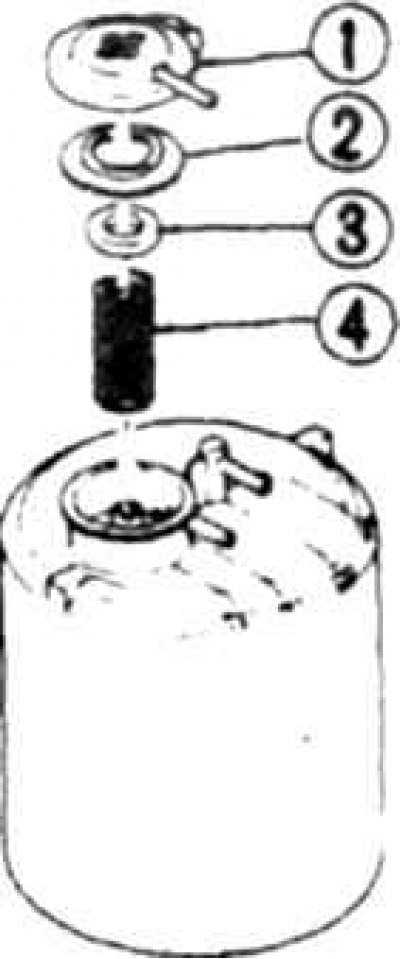
5.2a Tank details
1. Lid; 2. Aperture; 3. Limiter; 4. Spring
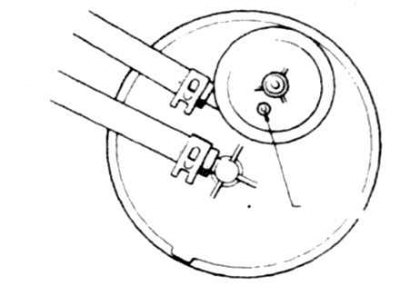
5.2b Tank valve vent
3. A control valve is installed between the tank with the absorber and the fuel tank, which is designed to vent the tank when the engine is running and to transfer vapors to the absorber when the engine is stopped (photo).
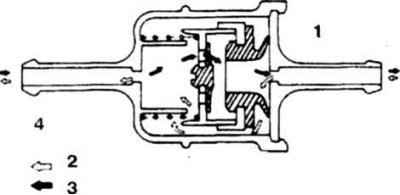
5.3 Control valve. Air must pass freely from the side of the fuel tank, and in the opposite direction the valve is closed
1. To the tank; 2. Vapors of gasoline; 3. Air; 4. To the engine
4. Maintenance of the system is reduced to checking the condition of the tank, hoses and valves.
5. When checking the tank, air must not pass through the oversized vent and must flow freely through the purge line and vent valve (photo). Otherwise, replace the tank.
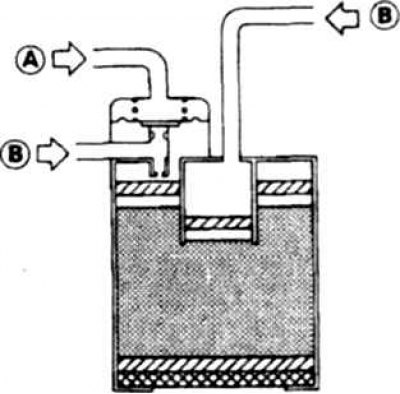
5.5 Scheme for checking the tank. When blowing into nozzle A, air should not pass through both nozzles B, the air passes freely
6. The vacuum valve of the tank is faulty if no resistance is felt and there is no characteristic knock when air is sucked out through the valve from the side of the tank.
7. The control valve should be almost completely air-tight from the tank side and slightly air-tight when blowing from the absorber side. Valves which at check show negative result, replace.